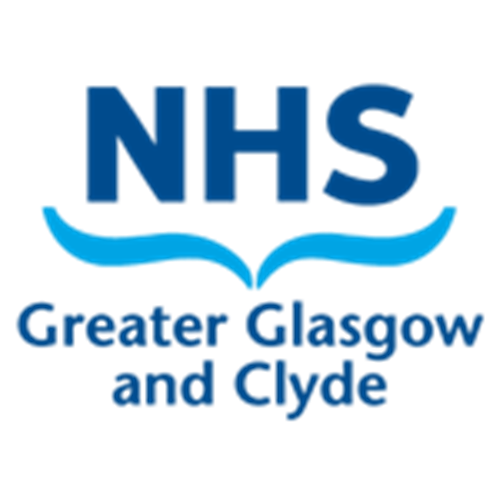- A strict axial transverse view should be obtained of the fetal head at the level of the thalami as for HC assessment.
- Anteriorly the cavum septum pellucidum should be demonstrated and posteriorly the fluid filled triangular V shape of the ambient cistern
- Measurement should be performed at the level of the glomus of the choroid plexus (3)
- Callipers should be placed perpendicular to the long axis of the ventricle.
- Measurements should be ‘on to on’ i.e. junction of ventricular lumen and ventricular wall.
- The image should be magnified so that the entire axial trans-ventricular plane occupies the screen with clear visualisation of the proximal and distal caval margins.
Fetal cerebral ventricular measurement (491)

Warning
| Please report any inaccuracies or issues with this guideline using our online form |
Assessment of the integrity of the fetal ventricular system is made using measurements of the ventricular atrium (posterior horn of the lateral ventricle). An atrial width of less than 10mm should be considered normal. A measurement between 10-15mm constitutes mild ventriculomegaly and measurements greater than 15mm constitute severe ventriculomegaly (1).
Ventricular atrial measurements greater than 10mm should be reported and the patient referred for further assessment as for any other fetal anomaly (2).